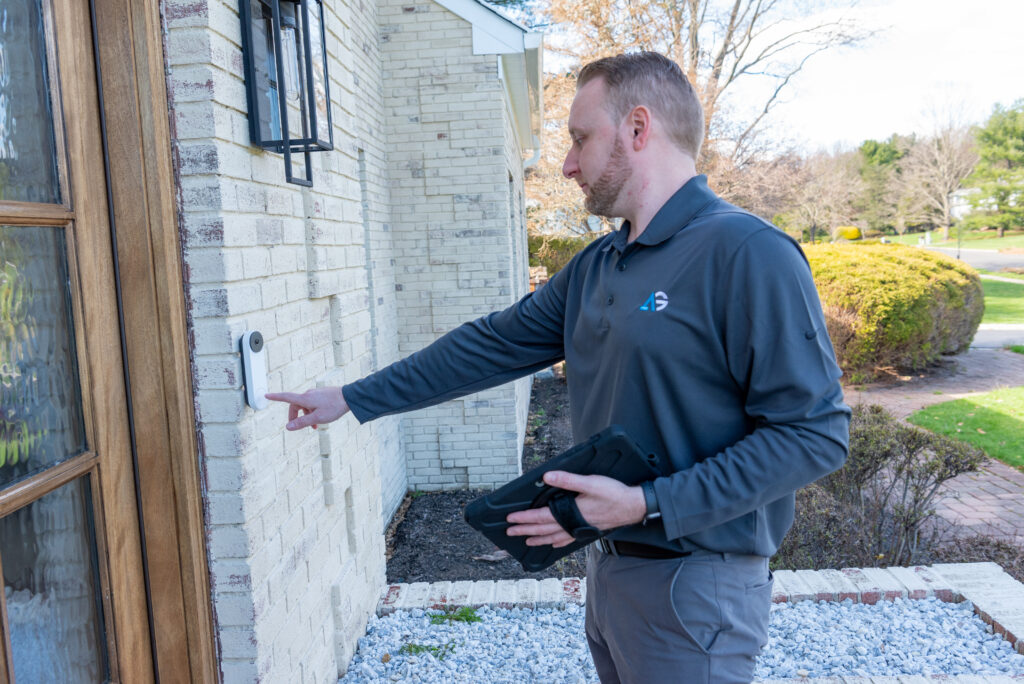Most homeowners think of pest control as something that happens inside the house—sprays, traps, inspections, and treatments. But what if the real battle begins in your yard?
Your landscaping choices can either deter pests—or invite them in. From overgrown shrubs to poorly placed mulch, the features meant to beautify your home may be doing more harm than good.
Understanding the connection between your outdoor space and indoor infestations is the key to a more effective, long-term pest control strategy. Let’s step outside and explore how to landscape smarter for a pest-resistant home.
A Yard’s Influence on Pests
Insects and rodents don’t start in your kitchen. They migrate from outdoor habitats, drawn by food, moisture, shelter, or temperature shifts. If your landscaping makes access easy, you’ll see more activity indoors—especially during seasonal transitions.
In urban environments like Seattle, where damp weather and lush growth are common, landscaping plays an even more critical role. Moist environments support thriving insect populations, and rodents love dense vegetation for cover.
Agile Pest Control has seen firsthand how landscaping missteps lead to infestations that could have been avoided with a few smart changes.
Five Landscaping Features That Attract Pests
1. Mulch Beds Against Foundations
Mulch retains moisture—a top attractant for termites, ants, and other insects. When mulch is stacked directly against your home’s foundation, it creates a moist, sheltered environment ideal for colonies to thrive.
Solution: Keep mulch at least 6–12 inches from the base of the house. Use stone or rubber barriers in critical areas to reduce moisture accumulation.
2. Overgrown Shrubs and Trees
Dense vegetation creates a bridge between outdoor pests and your home’s interior. Branches touching the roof or siding allow insects—and even rodents—to climb directly into attic vents, windows, and gutters.
Solution: Trim trees and bushes regularly. Maintain at least 18–24 inches of clearance between any plant life and your home’s exterior walls.
3. Standing Water or Poor Drainage
Mosquitoes need only a small pool of water to lay eggs. Pooled water in planters, gutters, birdbaths, or improperly graded yards encourages breeding and increases population density near your home.
Solution: Improve yard drainage, clean gutters frequently, and empty unused containers after rain. Consider mosquito-repelling plants as an added defense.
4. Compost and Organic Debris
Compost piles are rich in decaying matter that attracts rodents, flies, and ants. If not sealed and managed, they become a buffet for nearby pests.
Solution: Use closed compost bins, locate them far from the home, and turn the compost regularly to reduce odor and access.
5. Woodpiles and Yard Waste
Termites and rodents love wood. When firewood is stacked against your home—or left uncovered—it becomes a magnet for pest activity. Yard debris like leaf piles offers shelter to insects and rodents alike.
Solution: Store firewood off the ground, at least 20 feet from your home. Remove fallen branches, leaves, and clutter promptly after storms or seasonal changes.
Strategic Landscaping for Pest Resistance
Landscaping doesn’t just have to be beautiful—it can be functional. Thoughtful design choices make your outdoor environment less appealing to pests without sacrificing aesthetics.
Here are proactive strategies to try:
- Plant pest-repellent species like lavender, citronella, marigolds, mint, and rosemary near windows and entryways.
- Install gravel or stone perimeters around foundations to discourage termite tunneling and reduce soil moisture.
- Use motion-activated lights to disrupt nocturnal pests like raccoons or rodents, especially near compost or garbage areas.
- Consider raised garden beds to limit ground-level pest access and improve drainage control.
The Importance of Perimeter Monitoring
Think of your landscaping as the first line of defense. If pests are present in your yard, they’re likely scouting for ways indoors. Monitoring this perimeter lets you catch activity before it escalates.
Install bait stations, traps, or cameras near common access points:
- Basement windows
- Crawlspace vents
- Trash storage areas
- Deck supports
Combine this with routine outdoor inspections—checking for signs of burrowing, droppings, nests, or gnawing marks.
By keeping the outer boundary secure, you reduce the likelihood of pests ever needing indoor attention.
How Bed Bugs and Termites Benefit from Yard Oversight
You might think bed bugs are an indoor-only problem, but even your yard can be the first stop before they infest your home—making it important to contact a bed bug exterminator if you suspect activity.
Termites, meanwhile, begin their journey from nearby soil. If your yard is termite-friendly—moist, warm, and rich in cellulose—they’ll eventually target your home’s foundation, wood decks, or siding.
Strategic landscaping removes these preliminary conditions before an infestation begins.
Professional Landscaping + Pest Control = Long-Term Savings
While you can do a lot on your own, combining landscaping expertise with a pest control plan creates the best outcome. Coordinate with your landscaping team to:
- Select plant species that repel pests
- Improve grading and irrigation
- Avoid invasive species that attract bugs
At the same time, your pest control provider should:
- Conduct outdoor inspections during service visits
- Apply treatments around garden borders and mulch zones
- Provide seasonal landscaping recommendations
This collaborative approach reduces risk, extends service effectiveness, and protects your investment in both your home and your yard.
Final Thought: Beautify with Purpose
A well-kept yard is more than curb appeal—it’s a strategic barrier between you and an infestation.
Every plant, path, and pile has potential. With a little planning and pest-smart design, your landscaping can be part of the solution instead of part of the problem.
When you think about pest control, don’t just look at the baseboards. Look at the bushes. Look at the gutters. Look at the mulch.
And remember, when you’re unsure where the problem starts, professionals like Agile Pest Control are trained to trace it—often all the way back to the garden.



